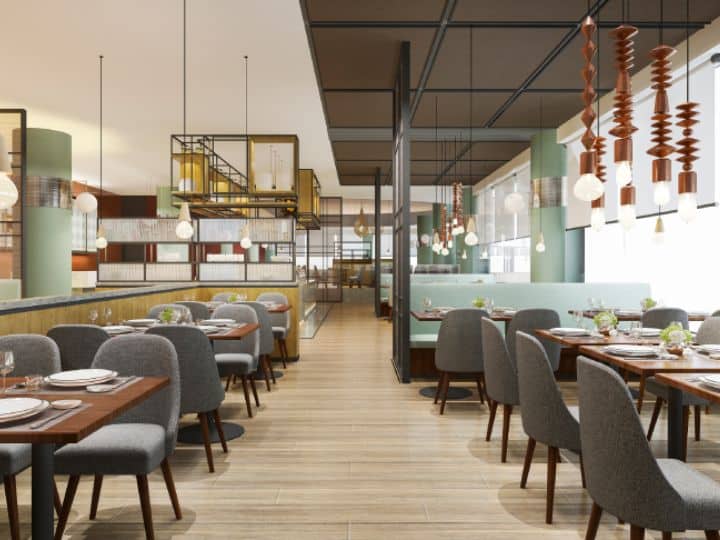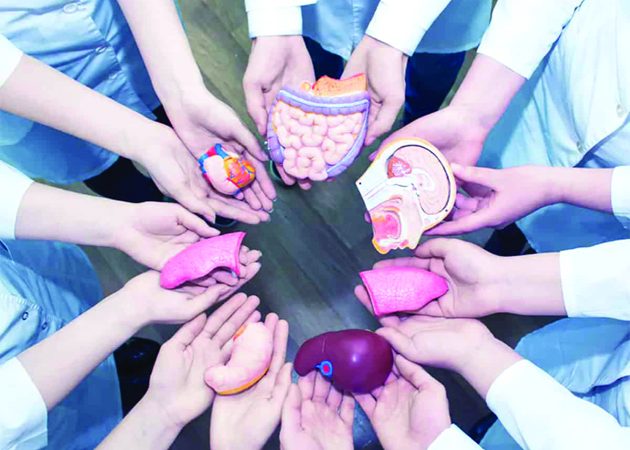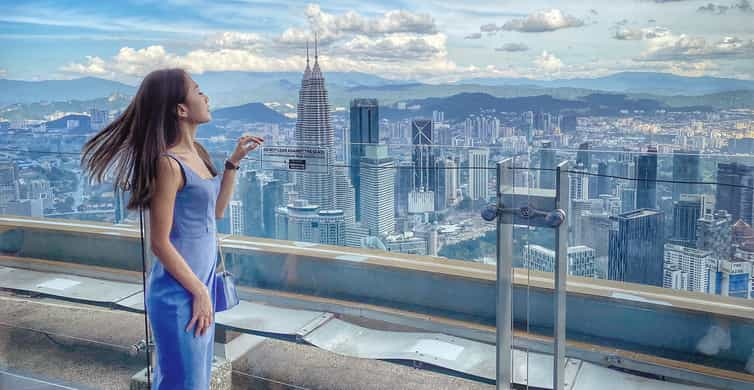REVAMPING YOUR RESTAURANT LOOK


It is critical to remain current and customer-friendly in the highly competitive restaurant business. Redesigning your establishment’s exterior is an excellent method to give it fresh vitality. While this might include various elements, such as layout, lighting, and décor, furniture—especially tables—is a crucial but sometimes disregarded component. Repurposing antique tables gives your restaurant a distinct character and supports sustainable methods, which appeals to guests who care about the environment. This post explores the craft of upcycling used tables to add a modern touch to your restaurant.
Upcycling is taking something old or abandoned and turning it into something more valuable. Regarding restaurant tables, this might be an innovative and reasonably priced solution to improve your area. Upcycling enables you to recycle old furniture while adding a touch of flair and character. Buying new tables can be costly and may only sometimes match your restaurant’s motif.
Examining the state of your existing tables is crucial before beginning the upcycling process. Check whether they can survive the upcycling process and are structurally sound. Before completing the makeover, little fixes like tightening screws, adjusting shaky legs, or smoothing off uneven areas can be required. After ensuring the tables are in good condition, you can start developing imaginative ideas for revamping them.
Refinishing tables with paint or stain is a standard upcycling method. This gives you the option to alter the tables’ appearance to fit the design of your business. For instance, you may choose a distressed wood finish with a worn appearance if your restaurant has a rustic atmosphere. On the other hand, sleek, glossy finishes in striking colours or metallic tones could be advantageous for a contemporary and stylish organisation. To provide additional visual appeal, think about using stencils or patterns.
Refinishing tables with paint or stain is a standard upcycling method. This gives you the option to alter the tables’ appearance to fit the design of your business. For instance, you may choose a distressed wood finish with a worn appearance if your restaurant has a rustic atmosphere. On the other hand, sleek, glossy finishes in striking colours or metallic tones could be advantageous for a contemporary and stylish organisation. To provide additional visual appeal, think about using stencils or patterns.
Adding natural materials to your repurposed tables may help improve the atmosphere of your eatery. To add some organic beauty, add live edge wood slabs, or for a mystical feel, try embedding stones and crystals. These components improve the visual attractiveness while giving patrons a more engaging eating experience.
Furthermore, while upcycling tables, take into account the potential of customisation. Custom elements like etched company logos, thought-provoking sayings, or eye-catching artwork may distinguish your tables from the competition and create a lasting impact on guests. This meticulous attention to detail gives the interior design of your restaurant an air of luxury and artistry.
When upcycling antique tables, utility is just as important as beauty. Consider adding amenities that improve the eating experience, including convenient concealed storage compartments, adaptable adjustable heights, or built-in device charging stations. These well-considered upgrades can raise patron satisfaction and distinguish your eatery from rivals.
Working together with regional artisans and craftspeople can also enhance the upcycling procedure. This benefits the community and brings new ideas and skills to the table, resulting in creative designs and superior craftsmanship. Collaborating with proficient experts may enhance the ultimate appearance of your repurposed tables, using elaborate woodworking techniques and hand-painted patterns.






